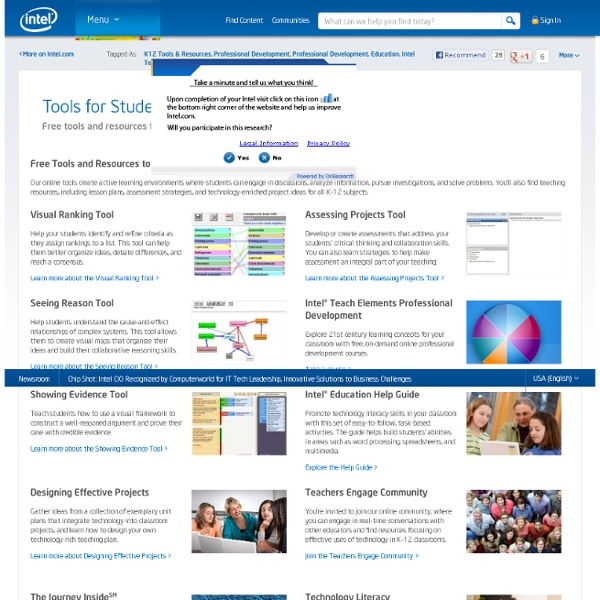



Online Computer Science Courses In its purest form, computer science is the research and development of technology that solves specific problems. Computer science has brought the world smart phones, GPS systems, the gaming industry and tablet computing, along with technological developments that assist government, industry and medicine. In addition to creating new technology, computer scientists also make improvements to existing technology and study the ways computers can make our lives easier. As with any branch of science, computer scientists perform research that establishes new information. Most computer scientists work on a theoretical level, using technology to study technology. Undergraduate degree programs in computer science require mathematics, physics and engineering classwork. During the first two years of a standard 4-year program, students focus on the basics: Typical core courses in a Bachelor of Science in Computer Science are taken in the third and fourth year, and may include the following:
Teaching With Glogster: Using Virtual Posters in the Classroom Grades 3 – 5 | Lesson Plan | Standard Lesson A Musical Prompt: Postcards From the Concert Students won't miss a beat in this musical lesson that combines listening with personal response on a postcard. Grades 3 – 6 | Lesson Plan | Standard Lesson Color My World: Expanding Meaning Potential through Media Using different writing/drawing materials (e.g., markers, color pencils, pastels, etc.), students learn how to communicate different moods and/or feelings to support their written ideas and how authors do the same through their work. Grades 6 – 8 | Lesson Plan | Standard Lesson Learning Clubs: Motivating Middle School Readers and Writers Students participate in learning clubs, select content area topics, and draw on texts—including websites, printed material, video, and music—to investigate their topics, and share their learning using similar media. Grades 9 – 12 | Lesson Plan | Standard Lesson Exploring Consumerism Where Ads and Art Intersect Grades 5 – 8 | Lesson Plan | Standard Lesson
Open Culture The Do It Yourself Scholar | Explore the best in free web learning. UWTV | University of Washington Write Right Back: Recognizing Readers’ Needs and Expectations for E-mail Replies ReadWriteThink couldn't publish all of this great content without literacy experts to write and review for us. If you've got lessons plans, activities, or other ideas you'd like to contribute, we'd love to hear from you. More Find the latest in professional publications, learn new techniques and strategies, and find out how you can connect with other literacy professionals. More Teacher Resources by Grade Your students can save their work with Student Interactives. More Home › Classroom Resources › Lesson Plans Lesson Plan Overview Featured Resources From Theory to Practice Beginning writers find electronic communication highly engaging, and educators recognize the power of e-mail as a tool for literacy learning. back to top E-Mail Abbreviation: This student interactive gives examples of and explains some common abbreviations used in e-mail and texting. E-mail is a motivating tool for teaching writing because children enjoy communicating in this medium. Further Reading
Find OpenCourseWare with OCW Search AcaWiki videolectures.net - videolectures.net Talking Poetry with Blabberize ReadWriteThink couldn't publish all of this great content without literacy experts to write and review for us. If you've got lessons plans, activities, or other ideas you'd like to contribute, we'd love to hear from you. More Find the latest in professional publications, learn new techniques and strategies, and find out how you can connect with other literacy professionals. More Teacher Resources by Grade Your students can save their work with Student Interactives. More Home › Classroom Resources › Lesson Plans Lesson Plan Overview Featured Resources From Theory to Practice In this lesson students are given the opportunity to be imaginative and expressive through the writing of three types of poems: acrostic, diamante, and theme. back to top Blabberize: Students will use this online web tool to record their poems, upload a picture, and add a mouth to that picture. The use of Blabberize in the classroom supports the NCTE Definition of 21st Century Literacies. Further Reading NCTE Position Statement.
Free video lectures,Free Animations, Free Lecture Notes, Free Online Tests, Free Lecture Presentations Free Online College Courses | Virtual Professors